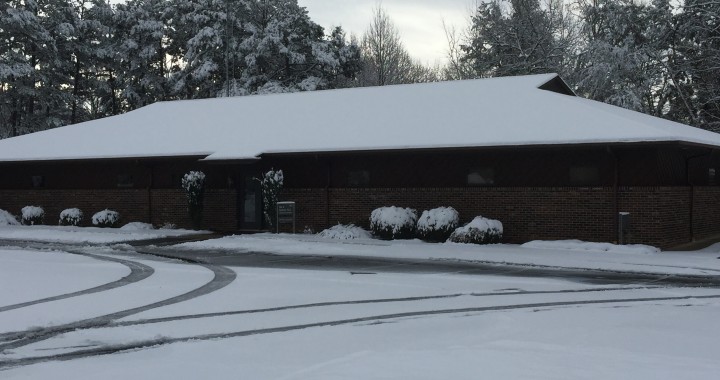Bonus depreciation changes in the 2015 PATH Act
Businesses are allowed to deduct the cost of capital expenditures over time according to depreciation schedules. In previous legislation, Congress allowed businesses to more rapidly deduct capital expenditures of most new tangible personal property, and certain other new property, by permitting an additional first-year write-off of the cost. For qualified property placed in service before Jan. 1, 2015 (before Jan. 1, 2016 for certain property with a longer production period and certain aircraft), the additional first-year depreciation was 50% of the cost. The new law extends additional first-year depreciation for investments placed in service during 2015 through 2019 (with an additional year for the longer production period property and aircraft). The bonus depreciation percentage is 50% and phases down to 40% in 2018, and 30% in 2019. However, for the long production period property and aircraft, the 40% and 30% rates apply instead in 2019 and 2020 respectively.
For property placed in service in 2015, the new leaves in place the prior rules as to what kinds of property qualify for additional first-year depreciation. Generally the property must be (1) tangible depreciable property with a recovery period of 20 years or less; (2) water utility property; (3) computer software; or (4) qualified leasehold improvement property. Also, the original use of the property must commence with the taxpayer; used machinery doesn’t qualify.
However, for property placed in service after 2015, the new law includes as a qualifying category of property “qualified improvement property” instead of “qualified leasehold improvement property.” The new category is broader than the old category and includes any improvement to an interior portion of a building which is nonresidential real property if the improvement is placed in service after the date the building was first placed in service, but not including any improvement for which the expenditure is attributable to the enlargement of the building, any elevator or escalator, or the internal structural framework of the building.
In a win for agricultural interests, the new law also permits certain trees, vines, and other plants bearing fruit or nuts to be eligible for bonus depreciation when planted or grafted, rather than when placed in service.
And, as was true for property placed in service before 2015, the new law allows taxpayers to elect to accelerate the use of AMT credits in exchange for giving up bonus depreciation (and other accelerated depreciation) for bonus-depreciation-eligible property placed in service during 2015. And, the provision modifies the rules for that exchange, beginning in 2016, by changing the limit on the unused AMT credits that may be claimed in lieu of bonus depreciation.
I hope this information is helpful. Also, if you would like information on any other aspect of the new law, please do not hesitate to call. 828-322-5813 or 800-467-4972

